The Metaverse, that word that suddenly everybody is talking about, but few really understand, is already reshaping the way we live, work and play – and will continue to do so at a pace and magnitude we have never witnessed before. Yep, even more than the Internet.
Opinion pieces from Corey Morris. Original brought in the Nordic Fintech Magazine spring Edition 2022.
Most of us are already familiar with or maybe even active participants in what we consider the Metaverse today. If you have played the popular game Fortnite or tried Pokémon Go then you have “dipped your toe” in the Metaverse – albeit a very early-stage interpretation of what the Metaverse can and will become.
And here is why: the Metaverse is the next evolution of how we will communicate. It is the internet – just in 3D. Driven by XR technologies like AR, VR, and MR, the Metaverse provides us with a magical mashup between the physical and digital worlds that empowers us to share, connect, and learn in wonderfully new ways.
We are finally able to harness the power of 3D and can now immerse ourselves into virtual worlds and layer digital information onto our physical worlds to enhance our understanding of our surroundings (this is basically what we know as VR and AR today – both of which are manifestations of the Metaverse).
Recommended for you: Get your copy of the Nordic Fintech Magazine Spring Edition 2022
Most of us are already familiar with or maybe even active participants in what we consider the Metaverse today. If you have played the popular game Fortnite or tried Pokémon Go then you’ve “dipped your toe” in the Metaverse – albeit a very early-stage interpretation of what the Metaverse will become. Without getting too technical, let us just say that the Metaverse – an interconnected world where the physical and digital are weaved together and where anyone, anytime can enter and leave – does not exist yet.
The future of work is in the Metaverse
This is especially true when it comes to how we work. Here, the Metaverse is also the next evolution. Just think about how much of our work today is Internet-dependent (and how we freak out when our Internet goes down!). Without it, most of us wouldn’t last a day. That’s what most of us probably thought when we were permanently sent home to work back at the start of the Covid-pandemic.
But look at how quickly we adapted our work tasks, meetings, and processes to accommodate the change – and think about how much the Internet played a role in facilitating that. In fact, I think the recent shift to remote working or hybrid work models comes as a blessing in disguise for the transition to the Metaverse. The more employees are exposed to virtual workspaces (e.g., Zoom, Teams, etc.) the easier it will be to move work tasks into virtual, augmented, or mixed realities. This leaves the door wide open for a Corporate Metaverse.
The Corporate Metaverse
If the Metaverse is the next evolution of how we will communicate, then companies need a different set of rules to guide them. Why? Well, a completely “open” Metaverse is not necessarily what companies want or even need. Instead, they need a collection of virtual experiences tailored to their needs, under their control, and with only those stakeholders who’re explicitly invited. This is what we call the Corporate Metaverse.
Recommended for you: Join the greatest gatering of Nordic Fintechs at Nordic Fintech Week 2022.
It’s akin to when companies started building corporate websites almost 30 years ago. Back then, like today, they couldn’t play by the same rules as everyone else. That’s why we at SynergyXR have established Seven Rules of the Corporate Metaverse to help companies better understand how to get started in the Corporate Metaverse. These rules provide the conceptual guardrails business leaders need to know, like for example, that in the Corporate Metaverse you must think about security and privacy in a whole new context.
Rome was not built in a day
One thing to remember is that the Metaverse (and Corporate Metaverse) will not be built overnight. It will take some time before we begin to see the true power of the Metaverse. And even though we are seeing increased adoption, there is no need for people to fear that their jobs will become Metaverse-jobs anytime soon. What they will experience, however, is that over the next 3-5 years XR headsets will become as commonplace as laptops and mobile devices. Simply put, the Metaverse and Corporate Metaverse will become a natural part of how we live, work and play in much the same way, as the Internet did 30 years ago.
About the author
Corey Morris is the Chief Marketing Officer CMO at SynergyXR, one of the world’s leading XR software developers. He has a degree in Marketing and Corporate Communications from the University of Aarhus, Denmark. Before joining SynergyXR, he was a Global Marketing Lead at Airbnb and CMO at Gaest.com.




